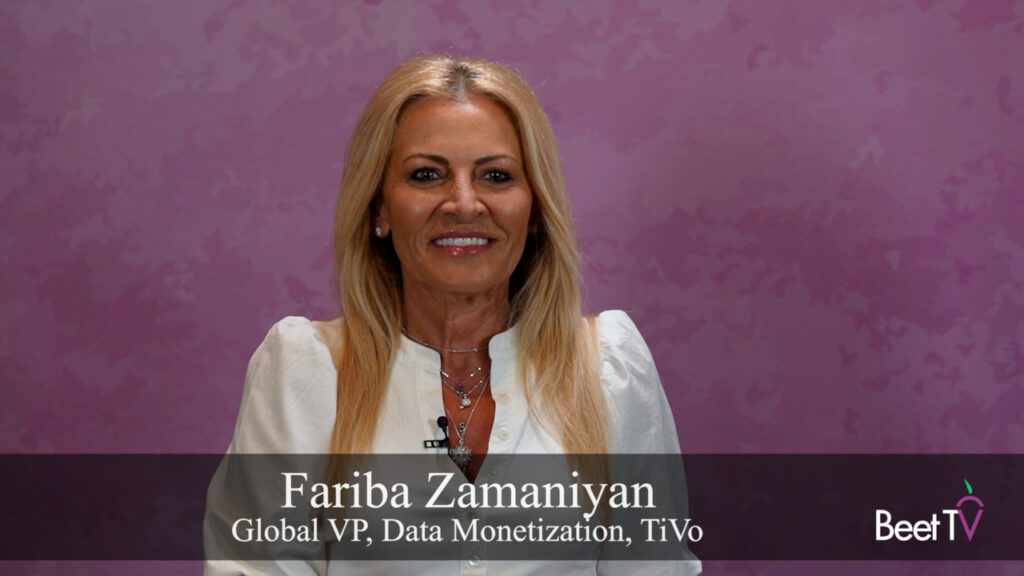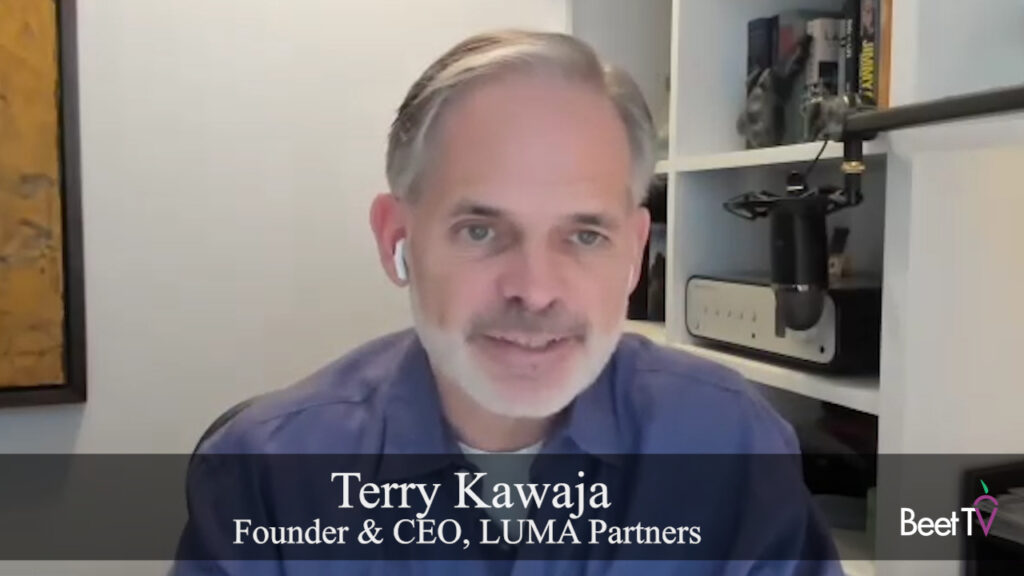Preventing ad fraud on connected television (CTV) is a collaborative effort among companies throughout the digital-media supply chain. Streaming-device maker Roku works to prevent fraudulent activity on its platform to ensure that legitimate publishers can fully monetize their content and advertisers are getting value for their media investment.
“We have a lot of control over what actually happens when apps are streaming TV ads,” Adam Markey, director of product management, ad platform, at streaming-device maker Roku, said in this interview with Beet.TV. “We really put all of those things to work with our Ad Traffic Quality solution.”
The company this year introduced the Roku Advertising Watermark to help combat device spoofing that can drain away media dollars. The company recently upgraded the watermark to validate ads on Roku devices.
“You can think of it as like kind of a seal or a stamp of authenticity where every ad impression that runs on our platform calling a specific API [application program interface] will get stamped,” Markey said. “Downstream partners like HUMAN or our other partners like another demand-side ad platform or ad servers can validate the authenticity of an ad impression.”
He said he’d like to see more companies in the CTV ad ecosystem adopt the watermarking technology.
“A technology like the watermark is great, but right now, only the Roku platform is doing that,” Markey said. “We would love to see other publishers as well as other device manufacturers in the OTT ecosystem try to do similar things so that we can all better secure the supply chain.”
You are watching “Protecting CTV Media Investment From Ad Fraud,” a Beet.TV Leadership Series presented by HUMAN. For more videos from the series, please visit this page.



































